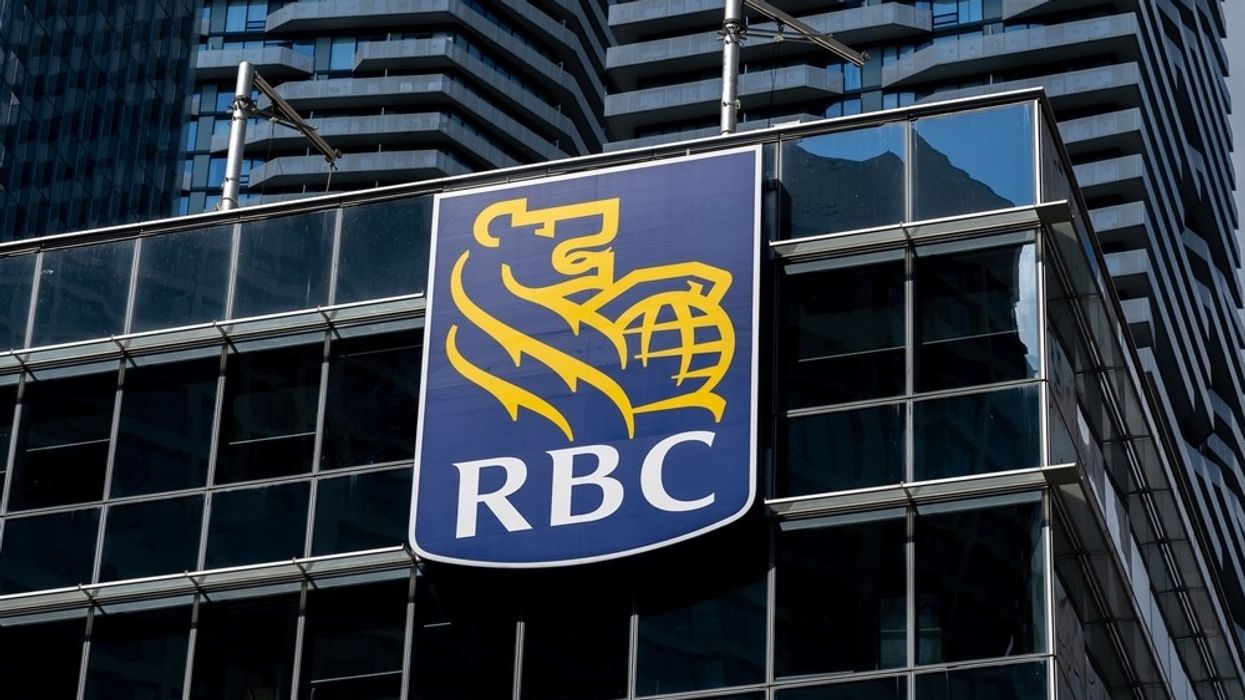RBC provided some insight into the uptake of its new First Home Savings Account (FHSA) on Thursday, revealing that "tens of thousands" of Canadians have opened an FHSA since the bank launched the plan on April 20.
"We're seeing amazing interest in this new tax-free account, particularly among younger Canadians who are building a down payment for their first home," Flora Do, Vice President of Investments Transformation and Client Segments, Personal Banking and Investments for RBC, said in a press release.
The release specifies that $8,000 can be contributed to the FHSA annually — “however, contribution room only starts to accumulate after an FHSA has been opened.” As well, it notes that any unused contribution room only carries forward into the next calendar year.
To date, says RBC, 26% of RBC FHSA holders have contributed all or most of that $8,000 maximum.
The Canadian banking giant also revealed on Thursday that the majority (56%) of RBC FHSA holders are between the ages of 25 and 34, while 20% are aged 35 to 44, 18% are aged 18 to 24, and 6% are 45 or older. As well, as of June 30, just over 5% of account holders have already made tax-free withdrawals for their down payment and will benefit from a tax deduction for the 2023 calendar year.
RBC is one of the few major Canadian banks to get their FHSA up and running in April — albeit nearly three weeks after the legislation to enable the FHSA came into effect, per the 2023 federal budget.
National Bank was the first to launch an FHSA on April 17. TD and Scotiabank have indicated to STOREYS that their FHSAs will be available for customers later this month, while a representative with CIBC says their FHSA will be available in November. BMO’s FHSA will be available “later this year,” according to the company’s website.
What is the FHSA?
The First Home Savings Account (FHSA) is a registered savings plan designed to help Canadians save for the purchase of their first home. FHSA account holders can contribute a maximum of $8,000 per year or $40,000 over a lifetime from their Registered Retirement Savings Plan (RRSP), and contributions made to an FHSA are tax deductible. One of the stipulations of the FHSA is that you have to use the funds within 15 years of opening the account, or before you turn 71 — whichever comes first.
When was the FHSA launched?
The FHSA was proposed as part of the 2022 federal budget, and tabled again in the 2023 federal budget, at which time it was announced that financial institutions will be able to start offering the account to Canadians as of April 1, 2023. To date, however, only a handful of prospective FHSA issuers have made the account available, including RBC and National Bank.
Who is currently offering FHSAs?
Of the 'Big Six' Canadian banks, only National Bank and RBC have made their FHSAs available. Scotiabank, CIBC, and BMO have indicated that their FHSAs will be available later this year.
You can also open an FHSA through an FHSA issuer such as a bank, credit union, or insurance company. Questrade, Fidelity Investments, EQ Bank, and Desjardins currently have FHSAs available.
Who is eligible for the FHSA?
In order to qualify for an FHSA, you must be at least 18 years of age (but not more than 71 years of age as of December 31 of the year), a resident of Canada, and a first-time homebuyer. Qualifying first-time homebuyers exclude those who have owned or jointly owned a qualifying home, including existing homes and those being constructed, at any time in the current calendar year before the account is opened or at any time in the preceding four calendar years.
What are the benefits of opening an FHSA?
The FHSA is designed to help Canadians save for the downpayment of a first home, and as such, withdrawals from the account for the purpose of purchasing a first home are tax-free. All funds contributed to an FHSA, so long as they are within the preset limits, may be deductible on your income tax. Any unused funds can be transferred tax-free into an RRSP or RRIF, which won’t affect the contribution room for those accounts.
How much can you contribute to your FHSA?
FHSA account holders can contribute a maximum of $8,000 per year, and the annual limit applies to contributions made within the calendar year. The lifetime limit is $40,000. If you don't contribute the full $8,000 one year, the contribution room can be rolled over to the following year. There is no minimum amount required to set up a FHSA.
What is the difference between a TFSA and a FHSA?
Like a TFSA, contributions made to an FHSA are tax-deductible, and withdrawals towards the purchase of a first home will not be taxed. The main difference between a TFSA and an FHSA is that contributing to a TFSA does not reduce your taxable income.





















